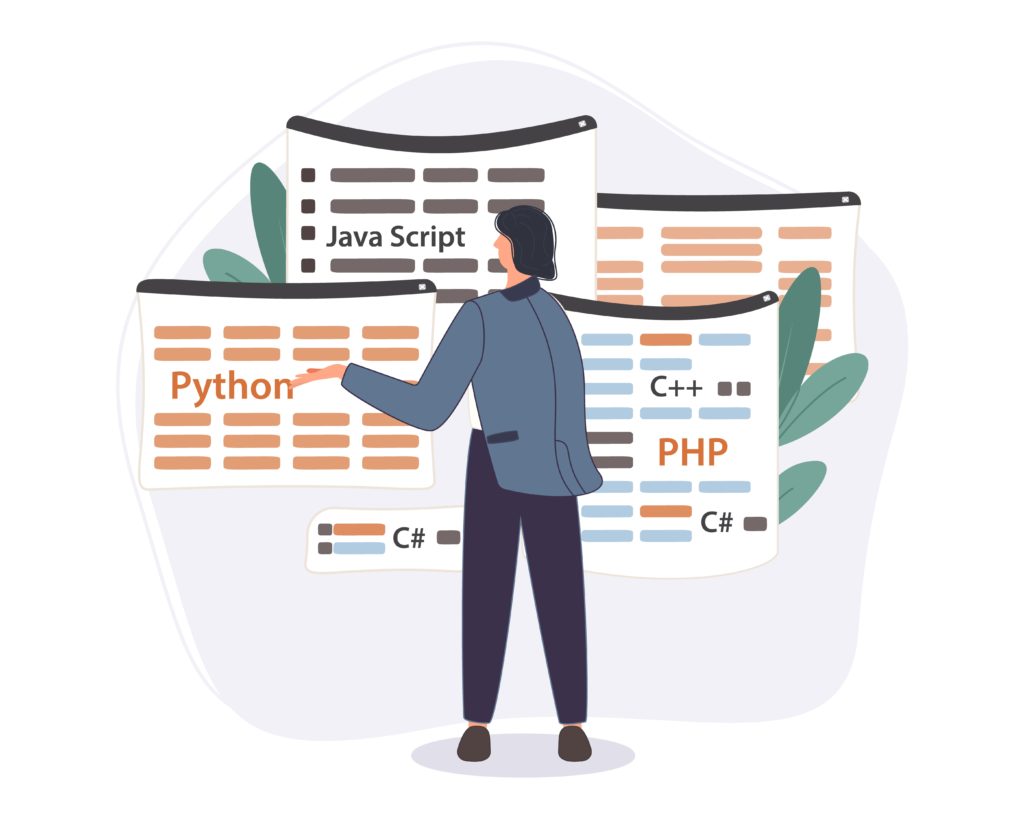
Backtesting is the process of evaluating the accuracy of a trading strategy using historical data without making a real investment. Backtest trading is a core tenet is that a trading technique that has historically done well is likely to do so in the future, and vice versa. Backtesting that is carried out correctly and yields encouraging results gives traders more confidence to use the strategy going forward. If a backtest yields unfavourable results, traders should modify or abandon the approach.
Before beginning backtesting, traders make sure all the necessary conditions are met, including a trading strategy, the asset’s estimated risk and return, and historical data on the financial assets.
A trading strategy can be backtested in two different methods. Backtesting that is automated and done manually. Trading strategies can be manually backtested using historical data, and the results can then be independently examined by the trader. Automated backtesting is when a backtest is carried out by software without additional manual work.
How can a trading strategy be manually backtested?
The following stages are involved in manually backtesting a trading strategy.
- Clearly spell out a trading strategy that is comprehensive.
Based on the financial market, trading period, risk level, profit targets, typical entry-exit levels, etc., a trading plan is created. A trader develops a more detailed trading strategy after defining the trading plan. Although traders frequently have a rough trading plan on hand, it would be inefficient to backtest an ambiguous strategy. To have a clearer approach, a trader defines the parameters here. The evaluation of a trading system is aided by strategy parameters. Maximum drawdown, average risk-to-reward ratio, Sharpe ratio, maximum losing streak, CAGR, etc. are a few of the elements of the approach.
- Choose a financial market and a time period.
The next stage after deciding on a trading strategy is to precisely define a financial asset and the associated market. The equities market, for instance, is the appropriate place for a trader ready to backtest a trading technique for a share or shares. For currency pairs, it is a forex market. The trader also selects the time frame over which the necessary data for backtesting will be gathered. The trader can choose an acceptable moment based on the approach. One-month data and one-year data, for example, have very different outcomes. A timeframe that accurately captures the present state of the market should be chosen by the trader.
- Start the strategy’s back-testing
The trader can begin observing the pertinent deals in the market within the chosen time frame once he has determined his approach, market, and time frame. In accordance with the technique, the trader can further study price changes and buy/sell indications. He can use this information to examine the gross and net returns and compare them to the capital needed. He may continue with the plan if the outcome is as anticipated. If not, the trader must optimize and strengthen the approach

How can I use the programme to backtest a strategy?
The precise procedures for backtesting a trading strategy with software vary depending on the software. However, typical actions are as follows:
- Choose the appropriate financial market and time frame.
- The beginning money, size of the portfolio, benchmark, profit level, stop loss instructions, and other pertinent trading strategy elements should be set up
- do a backtest.
- If a strategy doesn’t work out, it can be improved. (Most software packages provide this function.)
Backtest trading is a blessing for traders since it enables them to test various trading methods without taking significant financial risks. Everyone has access to backtesting, from tiny traders to large trading institutions. Despite being an effective approach, traders should not rely only on it because past performance is not always indicative of future results. The dependability of results is increased when it is combined with other technical indicators.
